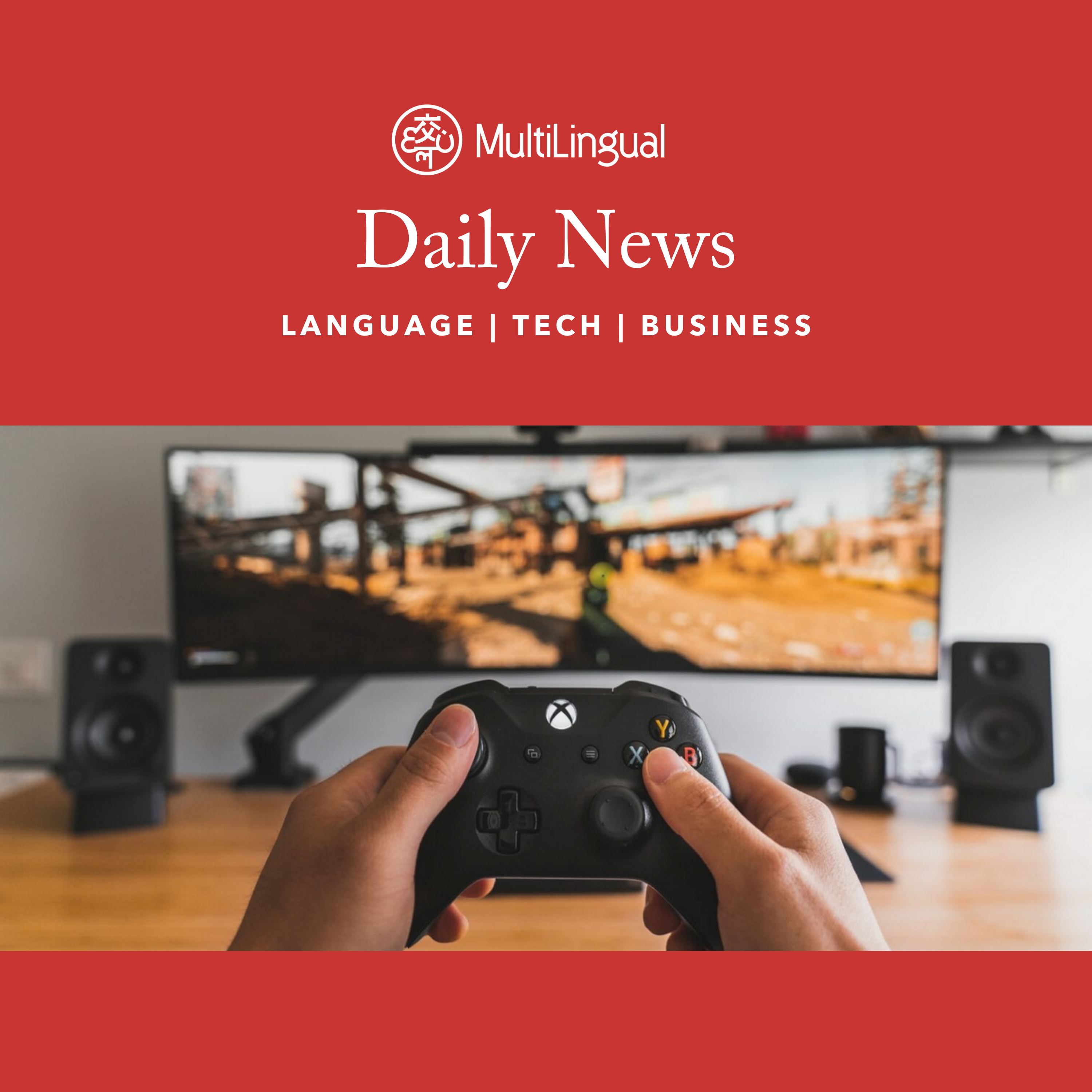Episode Transcript
[00:00:00] Writing joyfully the endangered Nepal EP scripts by Dim Brooks Nepal has a rich and complex linguistic culture. The Nua language, or Nepal basa, has been written for a thousand years in nine closely related scripts called Nepalipi, the most elegant and regal of which is called ranjana. Most Nepalese are familiar with Ranjana, whose name means joyful. It appears on signs in public squares, temples, stupas, buddhist shrines, and Mahaviharas, buddhist study centers and residences. It has also been seen as a holy text that will bring good fortune to the home and protect it from negative energies. An inherently calligraphic script, it is written with a clear stroke form angled at 25 to 30 degrees, and each letter is seen as consisting of a head, backbone, tail, and, in many cases, hand or torso. Ranjana can be written in both horizontal and vertical or monogramous forms. The latter is called kutakshar, or secret writing, and was traditionally used to write sutras or to send secret messages, presumably because each word is so highly condensed and interwoven that it is hard to decipher. It is one of the worlds richest and most culturally significant scripts, but most Nepalese cant read or write it. Ranjana, like the other Nepal Lipi or Noiri scripts, is in the state. Many endangered alphabets find themselves of being a recognized, respected, and even revered feature of a culture, but already slipping into an unreachable past unless it can be saved, in this case through calligraphy.
[00:01:38] Under siege written languages, like spoken languages, do not just die out they are driven out of use. The threat to Ranjana and the other Nepal Lipi scripts began in 1769, when Prithvi Narayan Shah defeated king Jaya Prakash Malo of Kathmandu, leading to the Gorkhali conquest of Nepal. Shah began to eliminate the use of Nawari scripts in administration and trade. Once the Rana dynasty came to power, the scripts of Nepal were completely replaced. Nepal Basa, the traditional spoken language, was removed from education, and the government abolished the use of textbooks and documents written in the Nawari scripts in favor of the Devanagari script, which is still used today. Things got worse. In 1912, Rana prime minister Chand Roshamshir officially nullified all property ownership documents and deeds written in any language other than Gorkhali and any script other than Devanagari. In other words, any Nepalese who insisted on their traditional identity could lose everything they owned. The assault on Ranjana continued for decades. In 1941, all writers and poets using it were thrown in jail and their property confiscated. Books were seized and burned, though many Nua families hid their books in dukkhas grain storage containers, and puja worship grooms, where entry was restricted to household members and priests. Banning the traditional language and script was a conscious policy, as is still the case in many parts of the world, of keeping indigenous and minority peoples uneducated and therefore less of a threat. A fine of 100 nepali rupees was imposed if people were found learning it and their property was confiscated by the state. This instilled fear in the people, said Anil Stapit, the president of Nepal, E. P. Guthi, a language revival organization based in Kathmandu. The tradition of education was lost even after the fall of the Ranna dynasty in the 1960s, King Mahendra introduced the policy of one country, one language, one script, which enforced the Devanagari script. An entire generation never learned their traditional script and language, which pushed them to the verge of extinction, explained activists who needed dangle even after the transition to democracy. She schools did not teach the traditional noiri scripts, claiming that they were too difficult and impractical.
[00:04:10] Revival beginnings the long awaited turnaround began in 1974, when a group of students who had learned the Nepal Lippi scripts began teaching them to preserve ancient knowledge. Then, in 1980, Nepal Leapi Guthi was created to promote Nepal scripts, literature, culture, and art. Such organizations are not uncommon, but they typically lack funding and, just as importantly, a means of reaching and engaging the very people they want to help. That vital next step started in 2017 after font designer Ananda K. Maharjan saw a post on Facebook and registered for a 45 day course on indigenous scripts at Nepal Leapi Guthi. Fired up by the course, he and three other class attendees, Suyoguratna Tamra Khar, Bakash Shakya, and Sunita Dangal, organized a calligraphy workshop and demonstration in Kathmandu. It was the first of what would become a new tradition, guerrilla calligraphy workshops that would pop up on the streets or in the markets in and around Kathmandu. The premise and the exercise was write your name in Ranjana. It was not just about writing or language, it was about identity. The initial response was so strong, with more than 50 participants writing more than 200 names in Ranjana calligraphy, that Maharjan and Dangal founded Kali Yatrade, meaning festival of calligraphy. Kali Yatra grew to become a team of calligraphers, artists, script experts, designers, developers, and media professionals working with the teachers at Nepal Lipi Guthi to organize workshops and develop mobile apps, video tutorials, and exhibits to spread awareness about ranjana in particular and Nepal lipi in general.
[00:05:55] Burgeoning art form the calligraphers of Nepal are not only teaching their compatriots to write prettily, but also literally writing their own history and traditions back into existence. We are not just using a font or typeface, they are embodying the scripts, using gestures that echo those of their ancestors and in doing so, shaping their own future. This has a very important lesson for those of us in the west, especially the United States, where we try to get digital devices into the hands of our children as soon as we can afford to. Where fewer and fewer people write by hand, and certainly where fewer people take pride in writing by hand, the nepali calligraphers are getting closer to their past. We are getting farther away from ours. In the process, they are also rediscovering the act of writing itself, something not learned on an app. In February, artwork by nepali calligrapher Raetanan Karna was a popular attraction at the Jaipur International Art and Calligraphy festival in Hyderabad, India. Ranjanas script is powerful. When you write it, the script draws attention, Karna says. Yes, writing becomes art. Art draws attention and respect, and sometimes the desire to imitate. Recently, Nepalese have begun using the script for wedding cards, book covers, movie posters, tattoos, monograms, and personal signatures. At a recent Kali yatra workshop in Dulakhol, a town some 18 miles southwest of Kathmandu, Lali Mashrestha sat down at a converted table tennis table, dipped her choser bamboo pen into earthy browning, and prepared to write in Ranjana. She paid careful attention to the height, curvature, and smoothness of each letter. The strokes should be evenly placed and match in size, she said. Writing in Ranjana is therapeutic, she added, like meditation that offers peace of mind.
[00:07:51] This article was written by Tim Brooks. He is the founder of the Endangered Alphabets Project, which aims to create a list of the worlds writing systems, identifying every script currently in use and assessing its degree of health or vulnerability.
[00:08:06] Originally published in multilingual magazine, issue 231st 2024.


